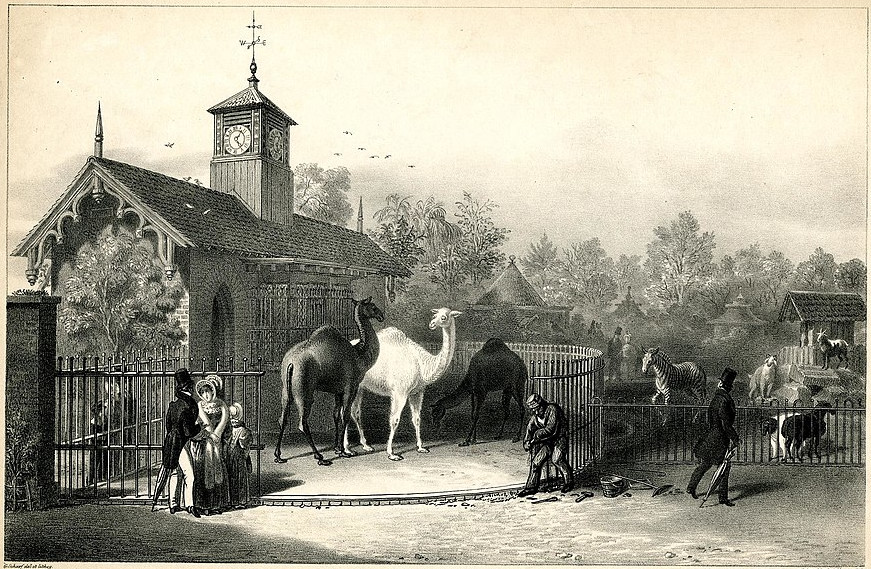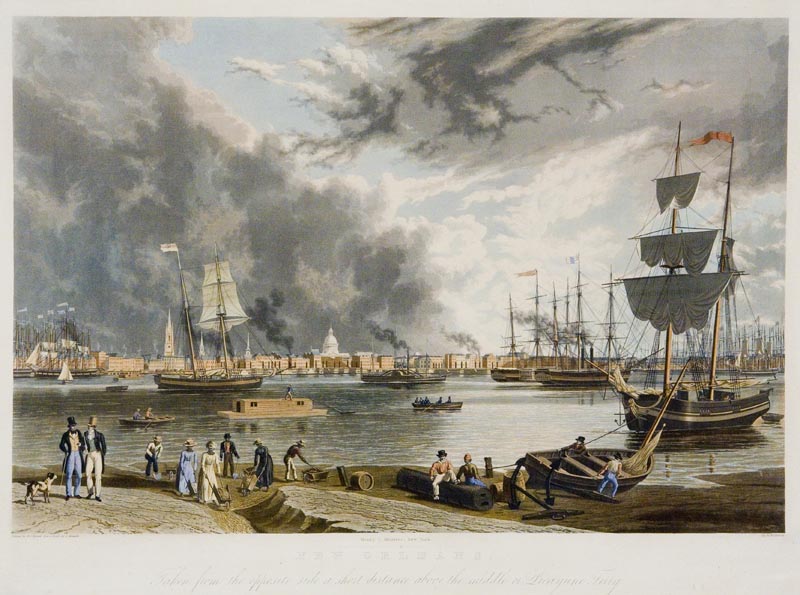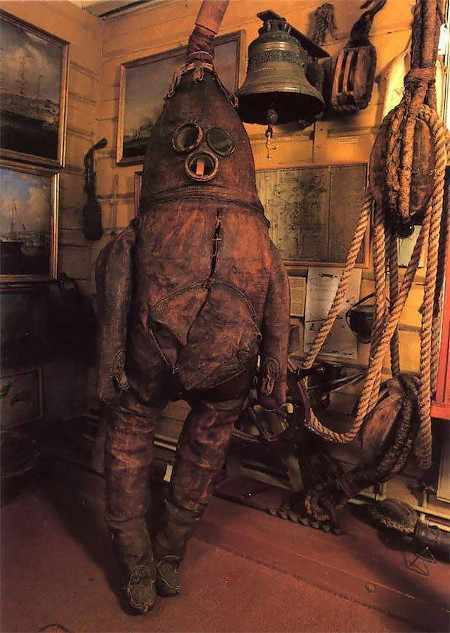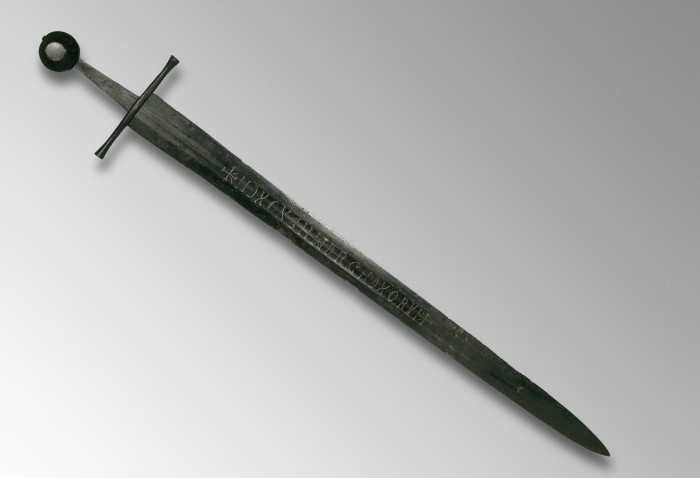
sybotism
n. the tending of swine

sybotism
n. the tending of swine
An interesting historical fact from these MIT notes: Christiaan Huygens proposed defining the meter conveniently as the length of a pendulum that produces a period of 2 seconds. A pendulum’s period is
so, using Huygens’ standard of T = 2s for 1 meter,
“So, if Huygens’s standard were used today, then g would be π2 by definition.”

For whatever this is worth: In Samuel Butler’s semi-autobiographical novel The Way of All Flesh, “one of the most eminent doctors in London” cures young Ernest Pontifex of nervous prostration by a course of “crossing,” or change. “Crossing is the great medical discovery of the age. Shake him out of himself by shaking something else into him”:
I have found the Zoological Gardens of service to many of my patients. I should prescribe for Mr Pontifex a course of the larger mammals. Don’t let him think he is taking them medicinally, but let him go to their house twice a week for a fortnight, and stay with the hippopotamus, the rhinoceros, and the elephants, till they begin to bore him. I find these beasts do my patients more good than any others. The monkeys are not a wide enough cross; they do not stimulate sufficiently. The larger carnivora are unsympathetic. The reptiles are worse than useless, and the marsupials are not much better. Birds again, except parrots, are not very beneficial; he may look at them now and again, but with the elephants and the pig tribe generally he should mix just now as freely as possible.
“Had the doctor been less eminent in his profession I should have doubted whether he was in earnest, but I knew him to be a man of business who would neither waste his own time nor that of his patients,” writes Butler’s narrator. “As soon as we were out of the house we took a cab to Regent’s Park, and spent a couple of hours in sauntering round the different houses. Perhaps it was on account of what the doctor had told me, but I certainly became aware of a feeling I had never experienced before. I mean that I was receiving an influx of new life, or deriving new ways of looking at life — which is the same thing — by the process. I found the doctor quite right in his estimate of the larger mammals as the ones which on the whole were most beneficial, and observed that Ernest, who had heard nothing of what the doctor had said to me, lingered instinctively in front of them. As for the elephants, especially the baby elephant, he seemed to be drinking in large draughts of their lives to the re-creation and regeneration of his own.
“We dined in the gardens, and I noticed with pleasure that Ernest’s appetite was already improved. Since this time, whenever I have been a little out of sorts myself I have at once gone up to Regent’s Park, and have invariably been benefited. I mention this here in the hope that some one or other of my readers may find the hint a useful one.”

Dutch Anabaptist Dirk Willems had made good his escape from prison in 1569 when a pursuing guard fell through the ice of a frozen pond and called for help.
Willems turned back to rescue him and was recaptured, tortured, and executed.
“Wherever there is a phonograph the musical instrument is displaced. The time is coming when no one will be ready to submit himself to the ennobling discipline of learning music. Everyone will have their ready-made or ready-pirated music in their cupboards.”
— John Philip Sousa, New York Morning Telegraph, June 12, 1906

In 1844 New Orleans was riveted by a dramatic trial: A slave claimed that she was really a free immigrant who had been pressed into bondage as a young girl. In this week’s episode of the Futility Closet podcast we’ll describe Sally Miller’s fight for freedom, which challenged notions of race and social hierarchy in antebellum Louisiana.
We’ll also try to pronounce some drug names and puzzle over some cheated tram drivers.

Venice-based graffiti artist Manuel Di Rita, known as Peeta, created this eye-fooling mural in Mannheim in 2019.

In 1819, as a riposte to David Hume’s skepticism of the Gospel history, Richard Whately published Historic Doubts Relative to Napoleon Bonaparte:
‘But what shall we say to the testimony of those many respectable persons who went to Plymouth on purpose, and saw Buonaparte with their own eyes? must they not trust their senses?’ I would not disparage either the eyesight or the veracity of these gentlemen. I am ready to allow that they went to Plymouth for the purpose of seeing Buonaparte; nay, more, that they actually rowed out into the harbour in a boat, and came alongside of a man-of-war, on whose deck they saw a man in a cocked hat, who, they were told, was Buonaparte. This is the utmost point to which their testimony goes; how they ascertained that this man in the cocked hat had gone through all the marvellous and romantic adventures with which we have so long been amused, we are not told.
“Let those, then, who pretend to philosophical freedom of inquiry, who scorn to rest their opinions on popular belief, and to shelter themselves under the example of the unthinking multitude, consider carefully, each one for himself, what is the evidence proposed to himself in particular, for the existence of such a person as Napoleon Buonaparte: — I do not mean, whether there ever was a person bearing that name, for that is a question of no consequence; but whether any such person ever performed all the wonderful things attributed to him; — let him then weigh well the objections to that evidence, (of which I have given but a hasty and imperfect sketch,) and if he then finds it amount to anything more than a probability, I have only to congratulate him on his easy faith.”

Finland’s Raahe Museum contains the oldest surviving diving suit in the world, “The Old Gentleman,” an outfit of calf leather that could sustain a man long enough to inspect the bottom of a sailing vessel.
Museum conservator Jouko Turunen made a copy in 1988. Pleasingly, he called it The Young Gentleman.

This 13th-century double-edged sword, possibly of German manufacture, was found in the River Witham, Lincolnshire, in 1825. Inlaid in gold wire along one of its edges is a curious inscription:
+NDXOXCHWDRGHDXORVI+
It’s been speculated that this is a religious invocation, but its full meaning is not clear. In 2015 the British Library invited readers to offer their thoughts, but no conclusive solution was reached. Medieval historian Marc van Hasselt of Utrecht University says it may be the product of a sophisticated workshop that made swords for the elite, as similar blades have been found throughout Europe. “These similarities go so far as to suggest the same hand in making the inscriptions. However, their contents are still a mystery, regardless of their origins.”